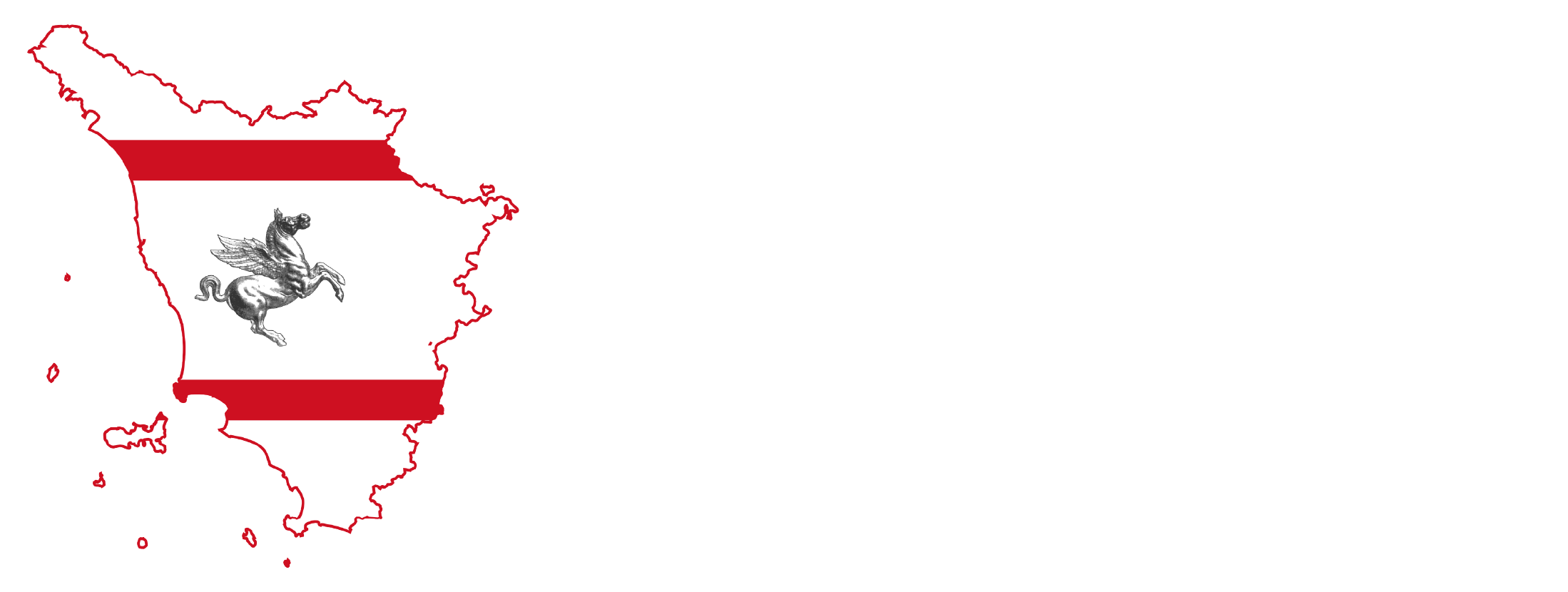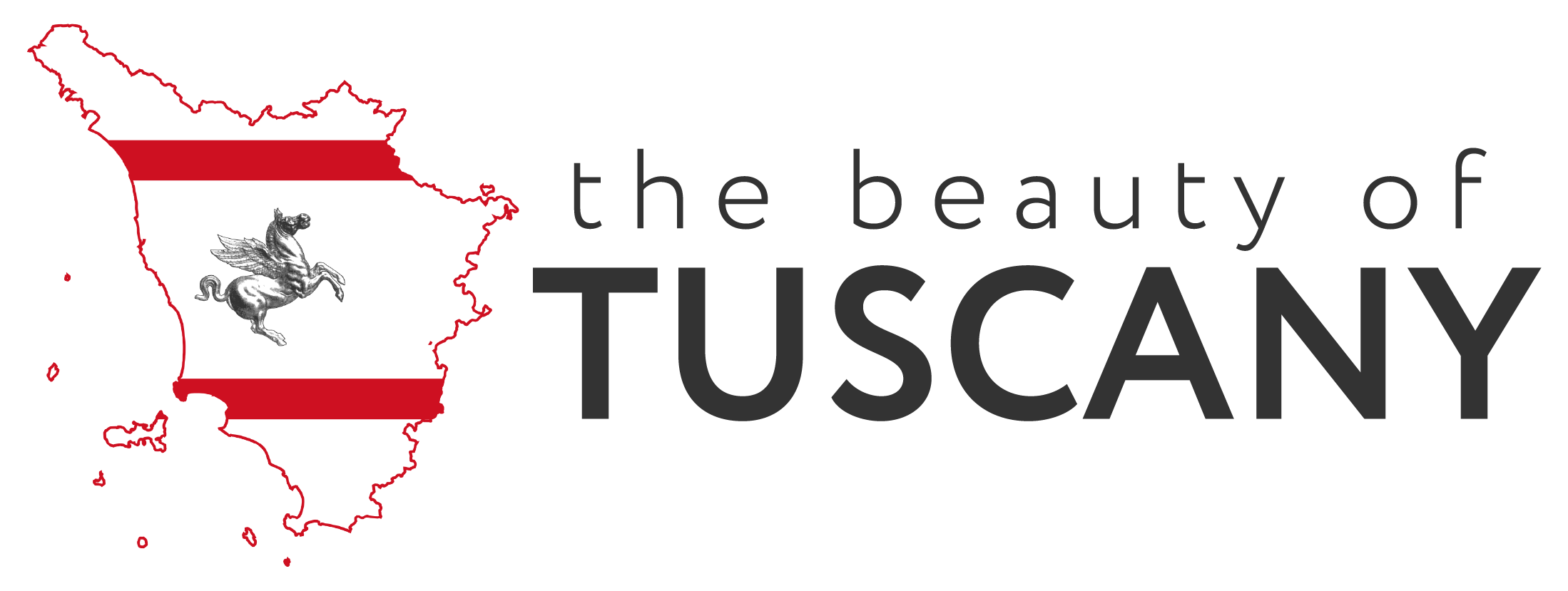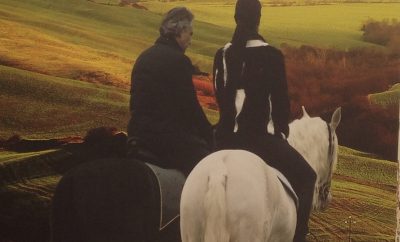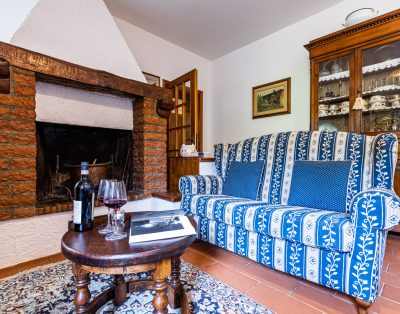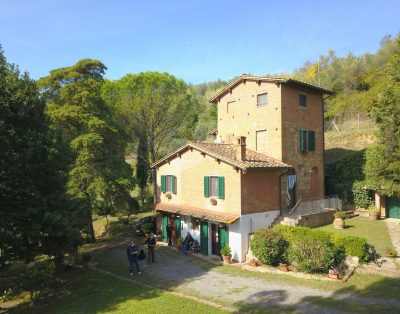Volterra
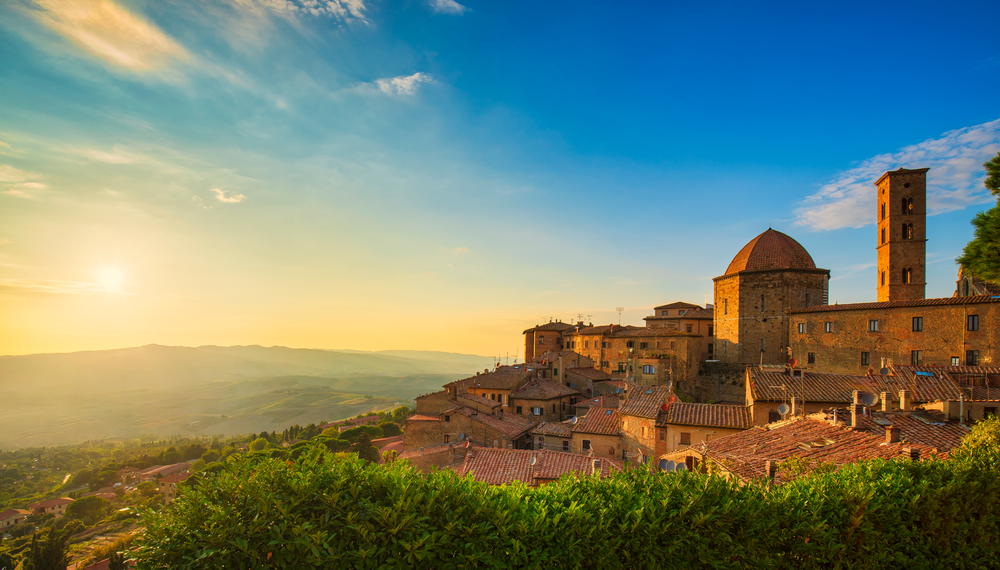
Volterra may be one of the most beautiful towns in Tuscany as it is located in the middle of the wavy Tuscany landscape. Volterra has just over 10 000 inhabitants, and is located about 50km (31 miles) south of Pisa, and roughly 50km (31 miles) from the ocean. The heart of the town is Piazza dei Priori, the square in front of the town hall Palazzo dei Priori. The center of the city consists of winding streets, Etruscan city walls and beautiful medieval buildings. Narrow streets wind past old churches and palaces, as well as many restaurants and workshops. Volterra is a compact city, making it perfect for one day trips.
Volturra was established during the 8th century BC. by the Etruscans. In the first century AD, the town was taken over by the Romans. The city flourished in the Middle Ages and the Renaissance, which means you will find history on literally every street corner of the town.
Volterra is surrounded by 7 km of medieval and Etruscan city walls. Porta All’Arco is the only gate built and survived by the Etruscans. There are three heads placed on the gate. Today the gate is badly damaged by weather, and no one actually knows the meaning of the three heads. The wall you see here has been rebuilt by the Romans.
Volterra has a long and impressive history. The town was established by the Etruscans, and you can still see their traces all around the town. The town has not changed much in the last centuries, and walking around town makes it feel like you are back in the middle ages, especially while surrounded by numerus beautiful buildings.
Palazzo dei Priori is the oldest town hall in Tuscany, and has now been transformed into a museum. The town hall even served as an inspiration for Palazzo Vecchio in Florence. The façade is decorated by beautiful coats of arms of glazed terracotta. These coats of arms come from the workshop of Andrea della Robbia. Climb the tower of Palazzo dei Priori and be rewarded with a beautiful view of Volterra. On clear days, you can even see the sea in the distance.
The many coats of arms on the façade are from the different Florentine governors. Palazzo Pretorio, once known as Palazzo del Capitano del Popolo, is located towards the palace, and is a result of the merging of several buildings during the 13th century. All the way to the right is Torre del Podesta, originally a fortified tower that was furnished for habitation as early as the early 16th century.
Right behind Palazzo Pretorio is the Pisan-inspired Romanesque style Duomo, with the distinctive use of black and white marble placed in a striped pattern. The Duomo was built in the 12th century and rebuilt in the 13th century, and its campanile is from 1493. The inside of the Duomo was heavily renovated during the 16th century, but is still the home of many interesting works of arts from an earlier time. Behind the cathedral is the Battistero, the baptistery, also in Pisan Romanesque style, built in the 13th century. The inside is simple and clean with only a few sculptures from the 16th century while the baptismal font is from the middle of the 18th century.
If you wish to see more of the art the cathedral has been adorned with throughout the ages, visit the small museum Museo Opera del Duomo (or di Arte Sacra), located to the left of the church in Via Rome. The museum houses a number of paintings and wooden sculptures from the 12th century onwards.
It is definitely worth seeing the fortress of the town, La Rocca, which is most likely one of Italy’s most beautiful Renaissance squares. The first castle, located to the east, was built in the middle of the 14th century, and is known as Rocca Vecchia. The second part, Rocca Nuova, located towards the west, was constructed after the Florentines ravaged the city in 1472. So, essentially, La Rocca is made up of two castles connected by long crowned walls, which give the fortress its strange elongated appearance. Unfortunately, you cannot get a close look, as it is now used as a top security prison and requires special permission from the Ministry of Justice to enter (or a serious crime).
By the medieval walls to the west is the Church of San Francesco, which dates back to the 13th century. The church has changed dramatically over the years, and would be completely meaningless if it wasn’t for the small chapel Capella della Croce di Giorno, located just to the right of the main altar. The chapel is decorated with an impressive fresco cycle from 1410, which depicts the apocryphal legend of the Holy Cross.
The Roman Theater is located just outside the city walls of Volterra. Teatro Romano was built during the time of Emperor Augustus and was actually discovered by chance when they wanted to build a football field here in the fifties. Teatro Romano is one of the best-preserved theaters of Roman times, and you can buy a ticket to admire the remains of the theater such as the stairs, the stage and the underground corridors. You can also see the remains of a Roman bathhouse that was built near the theater.
Duomo Santa Maria Assunta, the cathedral of Volterra, was built in Romanesque style between the 12th and 14th century. Where the façades of cathedrals built during this time were usually richly decorated, Duomo Santa Maria Assunta lacks decorative pieces as a result of shortage of money. The inside of the cathedral, however, is richly decorated with old art, marble columns, and beautifully carved pulpits from the 14th century. In the chapel of Addolorato are two terracotta statues by Andrea della Robbia.
Pinacoteca and Museo Civico are located in the medieval Palazzo Minucci Solaini. In this museum you can admire works of art by, among others, Giovanni Pisano, Domenico Ghirlandaio and Luca Signorelli.
What is so special about this town is that even though it is located on a hilltop, water has flowed for centuries in various places in the town. Tucked away in the ancient town center, and close to the Roman theater, is the ancient Fonte di Docciola water basin, where rainwater was collected and stored.
Tuscan delicacies at Vola Terra
You can buy the most delicious delicacies at Vola Terra. Everything from olive oil made from the shops’ own olive grove, wine and pasta, to cantuccini. You can also enjoy a good lunch here, with delicious antipasti like lonzino with vin santo, bruschetta with lardo and cheeses from the region. You can also taste papa al pomodoro and the real Zuppa Volterrana.
Volterra has quite a few restaurants where you can taste the real, authentic cuisine of the town. We recommend Ristorante Etruria in Piazza dei Priori as you can sample typical Tuscan specialties here, like the Tuscan pici, thick and hand-rolled spaghetti and salsicce with fagioli all’uccelletto.
